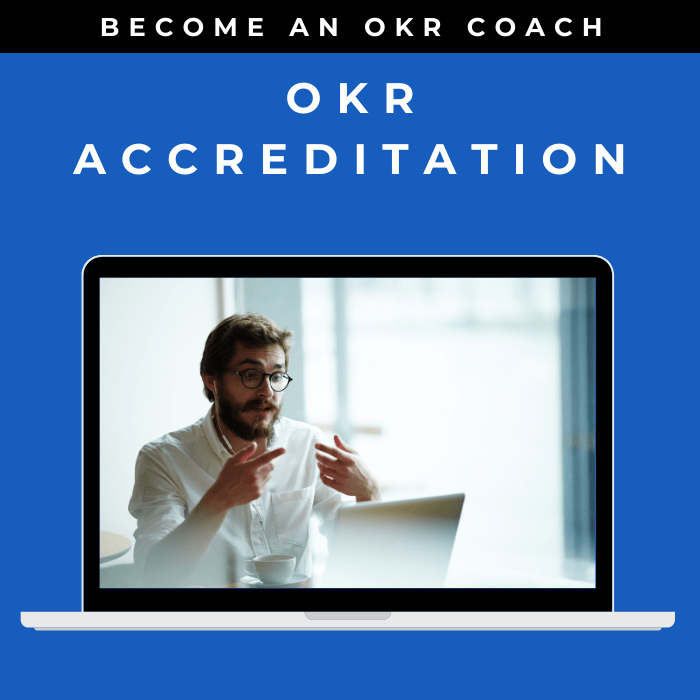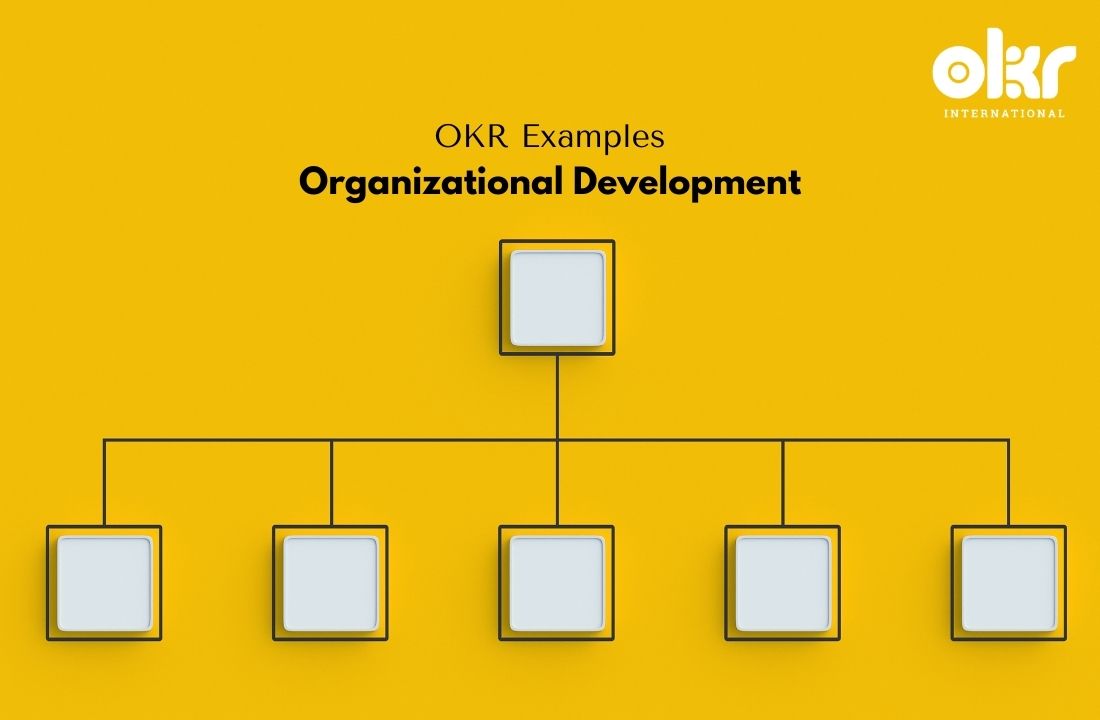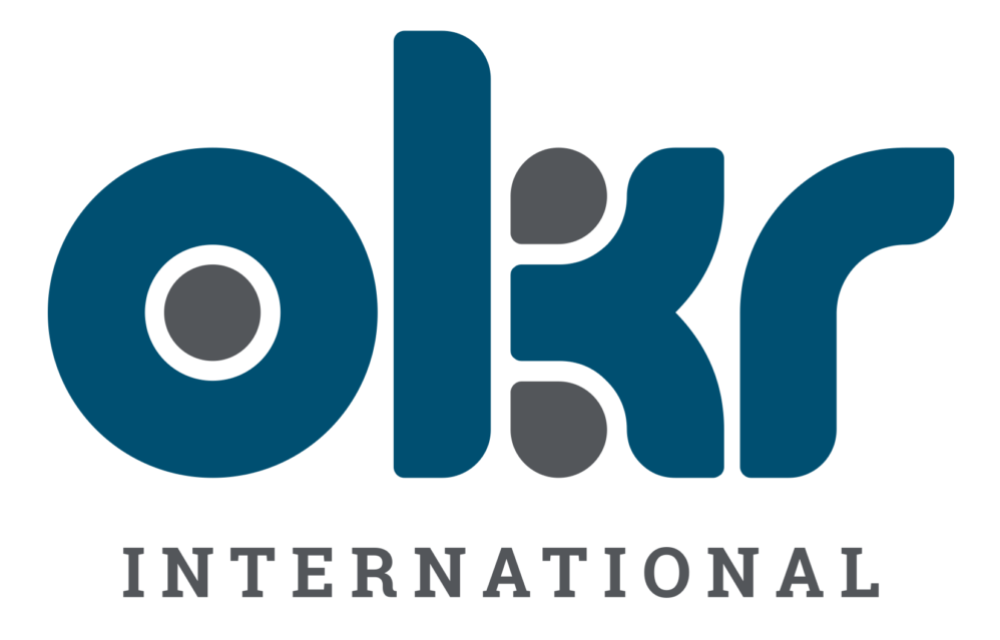10 Outstanding OKR Examples in Organizational Development
Organizational development plays a crucial role in driving growth, fostering innovation, and optimizing performance within an organization. Objectives and Key Results (OKRs) can provide a structured framework for organizations to achieve their organizational development goals. Here are ten outstanding OKR examples in organizational development that can guide organizations toward success:
1. Building a High-Performance Culture
Objective: Cultivate a high-performance culture that drives excellence and employee engagement.
Key Results:
- Increase employee satisfaction scores by 10% in the next employee survey.
- Implement a performance management system and achieve 15% participation.
- Conduct 5 leadership development programs to enhance management capabilities in the next quarter.
2. Enhancing Employee Development
Objective: Foster the growth and development of employees to unlock their full potential.
Key Results:
- Implement a personalized development plan for 65% of employees within the next quarter.
- Increase the number of internal promotions by 12% within the next fiscal year.
- Conduct 5 training programs focused on enhancing key skills and competencies.
3. Promoting Diversity and Inclusion
Objective: Foster a diverse and inclusive work environment that values and leverages different perspectives.
Key Results:
- Increase diversity in leadership positions by 12% within the next two years.
- Implement diversity and inclusion training for all employees and achieve 90% participation.
- Establish 1 employee resource group or affinity network to support underrepresented groups.
4. Strengthening Change Management
Objective: Improve change management processes to facilitate successful organizational transitions.
Key Results:
- Implement a change management framework for 5 strategic initiatives.
- Increase employee adoption and engagement in change initiatives by 15%.
- Conduct 3 feedback sessions to assess the effectiveness of change management efforts.
5. Enhancing Organizational Communication
Objective: Improve internal communication channels and practices to foster transparency and alignment.
Key Results:
- Implement 1 company-wide communication platform within the next quarter.
- Conduct 3 town hall meetings or all-hands sessions to address employee questions and concerns.
- Achieve an 80% participation rate in employee surveys and feedback mechanisms.
6. Driving Innovation and Creativity
Objective: Foster a culture of innovation and encourage creative thinking across the organization.
Key Results:
- Implement an idea management platform and receive 8 employee-generated ideas.
- Launch 5 number of innovation projects or initiatives within the next fiscal year.
- Measure the impact of 3 innovation efforts through metrics such as new product/service launches or process improvements.
7. Enhancing Cross-Functional Collaboration
Objective: Promote collaboration and knowledge sharing across departments and teams.
Key Results:
- Establish cross-functional task forces for 8 strategic projects.
- Conduct 3 regular cross-departmental workshops or team-building activities to strengthen relationships.
- Implement 1 digital collaboration platform to facilitate remote collaboration and knowledge exchange.
8. Strengthening Leadership Development
Objective: Develop and nurture future leaders within the organization.
Key Results:
- Implement 1 leadership development program for high-potential employees and achieve 85% participation.
- Increase the promotion rate of internal candidates for leadership positions by 15%.
- Measure leadership effectiveness through 360-degree feedback assessments and achieve a target score of 95.
9. Improving Employee Engagement
Objective: Enhance employee engagement levels to drive productivity and retention.
Key Results:
- Conduct regular employee engagement surveys and achieve a target score of 95.
- Implement 3 initiatives to improve work-life balance and achieve a positive impact on employee well-being.
- Recognize and reward 5 high-performing employees through a formal recognition program.
10. Establishing Knowledge Management Systems
Objective: Implement systems and processes to capture, share, and leverage organizational knowledge.
Key Results:
- Create 1 centralized knowledge repository accessible to all employees within the next quarter.
- Increase the adoption of knowledge sharing platforms by 75% within the next six months.
- Conduct 3 knowledge-sharing sessions or workshops to disseminate best practices and lessons learned.
By adopting these OKR examples in organizational development, organizations can foster a high-performance culture, enhance employee development, promote diversity and inclusion, strengthen change management, improve communication, drive innovation, foster cross-functional collaboration, develop future leaders, improve employee engagement, and establish effective knowledge management systems. These strategic objectives and key results provide organizations with a roadmap for organizational development and long-term success.

When looking to set OKRs, it’s natural to want examples to ignite the thought process or simply compare yours to OKR Examples. Check out our compendium of OKR Examples here.
Explore Our Range of Services
Bring OKRs (Objectives and Key Results) to your organisation with our tried & tested OKR Framework.


OKR International’s highly acclaimed Certified OKR Practitioner Program is the first and only OKR accreditation endorsed by ICF & HRCI for continuing education units.
OKR International helps leaders create the alignment, engagement and result orientation needed for growth by offering OKR Advisory services.




